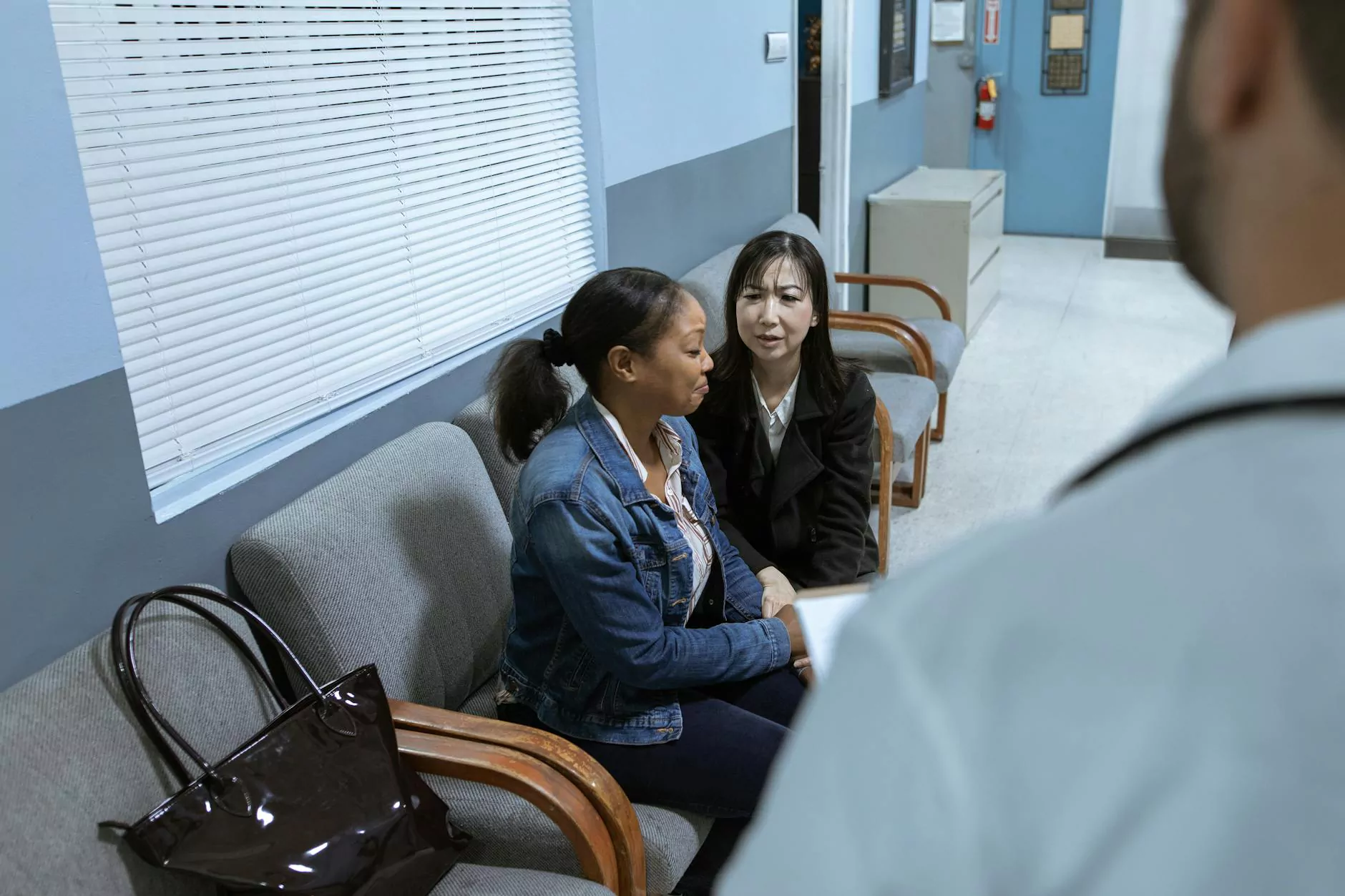What is Spina Bifida?

Welcome to the informative page on "What is Spina Bifida?" presented by Foley James D MD, a renowned expert in the field of Health. In this comprehensive guide, we will explore the causes, symptoms, and various treatment options for this condition.
Understanding Spina Bifida
Spina Bifida is a congenital birth defect that affects the neural tube, which forms the brain, spinal cord, and surrounding tissues. It occurs during the first month of pregnancy when the developing baby's spinal column does not close properly. This incomplete closure can lead to damage of the spinal cord and nerves, resulting in a range of physical and neurological impairments.
Causes of Spina Bifida
The exact cause of Spina Bifida is still unknown, but researchers believe that a combination of genetic and environmental factors can contribute to its development. Some studies suggest that a family history of Spina Bifida, maternal nutrition, and intake of certain medications during pregnancy may increase the risk.
Types of Spina Bifida
Spina Bifida can be classified into several types based on the severity of the condition:
- Spina Bifida Occulta: This is the mildest form where the spinal cord and nerves are usually unaffected. It may go unnoticed in some individuals as it often causes no visible physical abnormalities.
- Meningocele: In this type, a sac of fluid protrudes through the opening in the spine, but the spinal cord remains intact. The sac can be surgically removed without causing major neurological damage.
- Myelomeningocele: This is the most severe form of Spina Bifida, where the sac contains both fluid and a portion of the spinal cord and nerves. Individuals with Myelomeningocele often experience significant physical and neurological impairments.
Symptoms and Complications
The symptoms and complications associated with Spina Bifida can vary depending on the type and severity of the condition. Common symptoms may include:
- An opening in the spine: In visible cases, a gap or opening may be present on the back, which is a characteristic feature of Spina Bifida.
- Weakness or numbness: Individuals with Spina Bifida may experience muscle weakness or numbness in the legs, hips, or feet.
- Issues with bladder and bowel control: Spina Bifida can affect the nerves responsible for controlling bladder and bowel function, leading to incontinence or other urinary and fecal problems.
- Orthopedic complications: It is common for individuals with Spina Bifida to have spine and limb deformities, such as scoliosis or clubfoot.
Complications associated with Spina Bifida can also include hydrocephalus (excess fluid accumulation in the brain), learning difficulties, and impaired mobility. However, it's important to note that every individual's experience may differ, and personalized treatment plans are crucial for managing these complications effectively.
Treatment Options
While Spina Bifida has no cure, there are various treatment options available to manage its symptoms and reduce potential complications. Treatment plans are often tailored to each individual's specific needs and can include:
- Surgery: In cases of Myelomeningocele, surgery is typically performed shortly after birth to close the opening in the spine and prevent further damage to the exposed spinal cord and nerves.
- Physical therapy: Physical therapy can help strengthen muscles, improve mobility, and enhance overall physical development.
- Occupational therapy: Occupational therapy focuses on enhancing independent living skills and addressing challenges related to daily activities.
- Assistive devices: The use of mobility aids, such as braces, crutches, or wheelchairs, can greatly improve mobility and independence.
- Continuing medical care: Regular follow-up visits with specialists are necessary to monitor the condition, address any arising complications, and provide ongoing support.
Conclusion
In conclusion, Spina Bifida is a complex congenital condition that can have a significant impact on an individual's physical and neurological well-being. Understanding the causes, symptoms, and available treatment options is essential in providing the best care and support for individuals living with Spina Bifida.
At Foley James D MD, we are committed to raising awareness about Spina Bifida and providing comprehensive care to our patients. If you have any concerns or would like to learn more, please don't hesitate to contact our experienced team of healthcare professionals.









